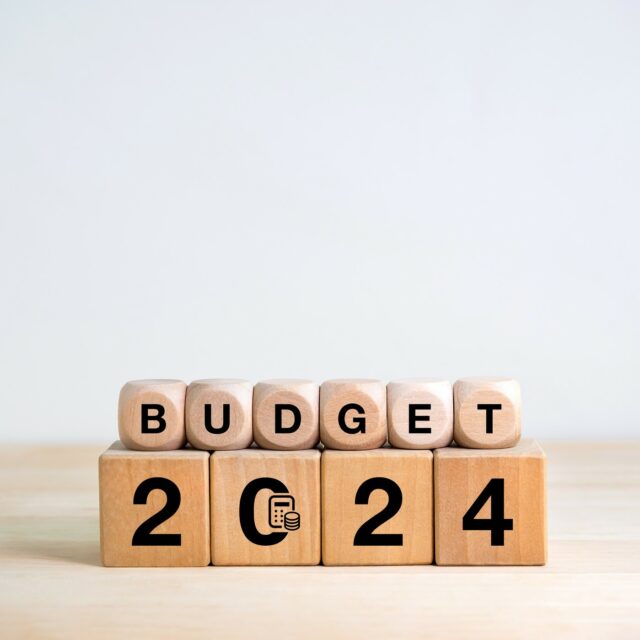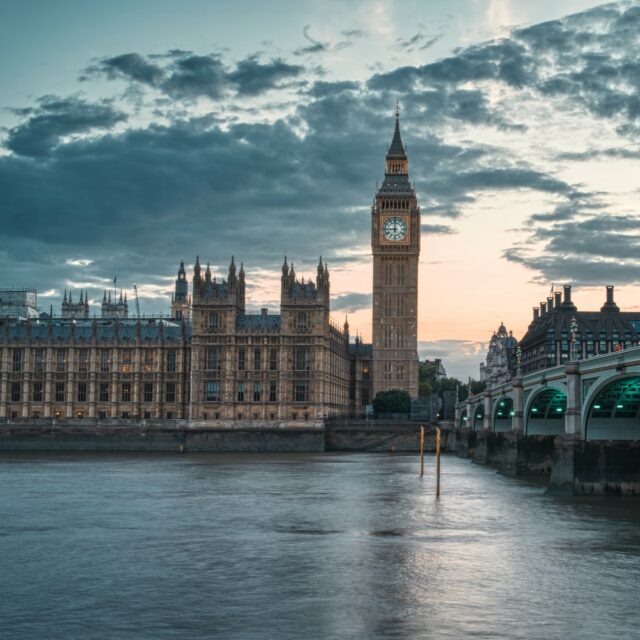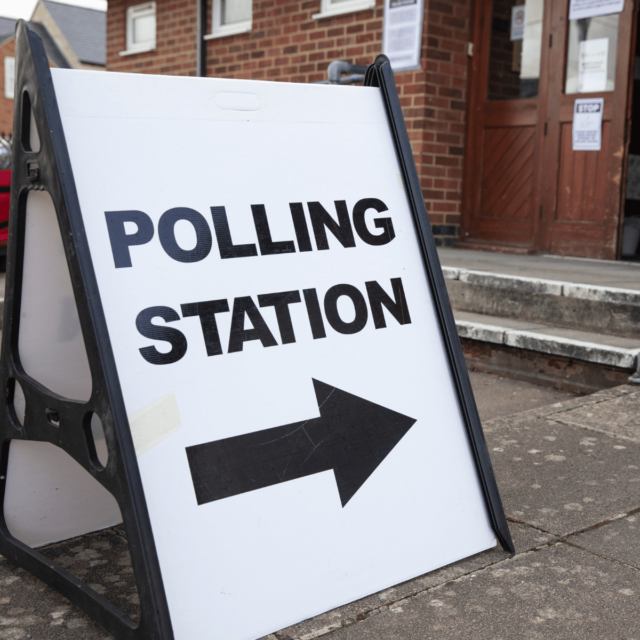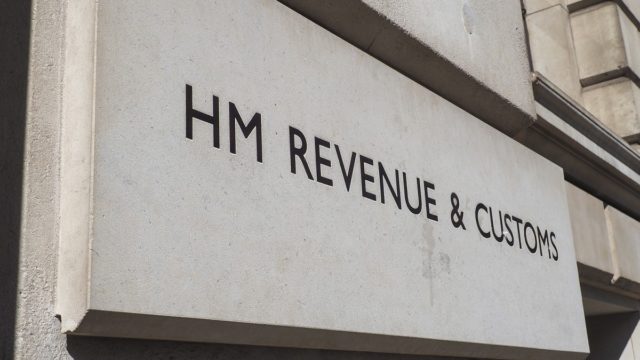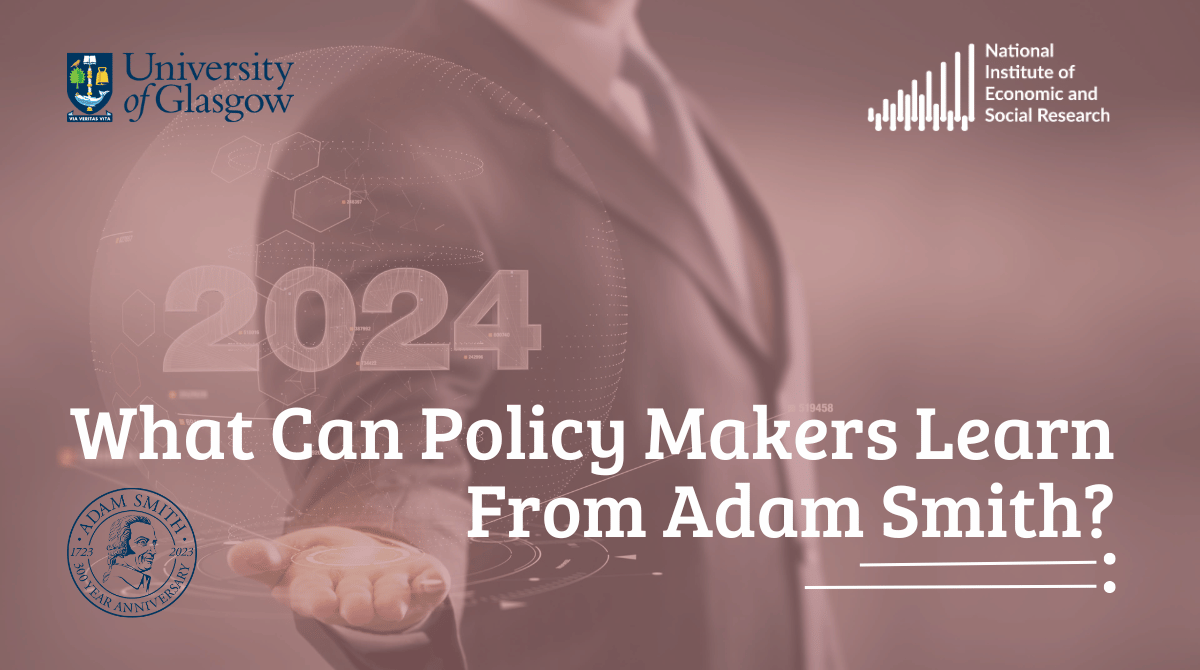Spring Budget 2023: Who Will Benefit and Who is Left Behind?
What are some of the main implications of the Budget announced last Wednesday for households and businesses across the UK? Our Deputy Director Prof Adrian Pabst spoke with Max Mosley, Economist in the Public Policy team, about the distributional consequences of the chosen fiscal path – both new support measures but also missed opportunities.
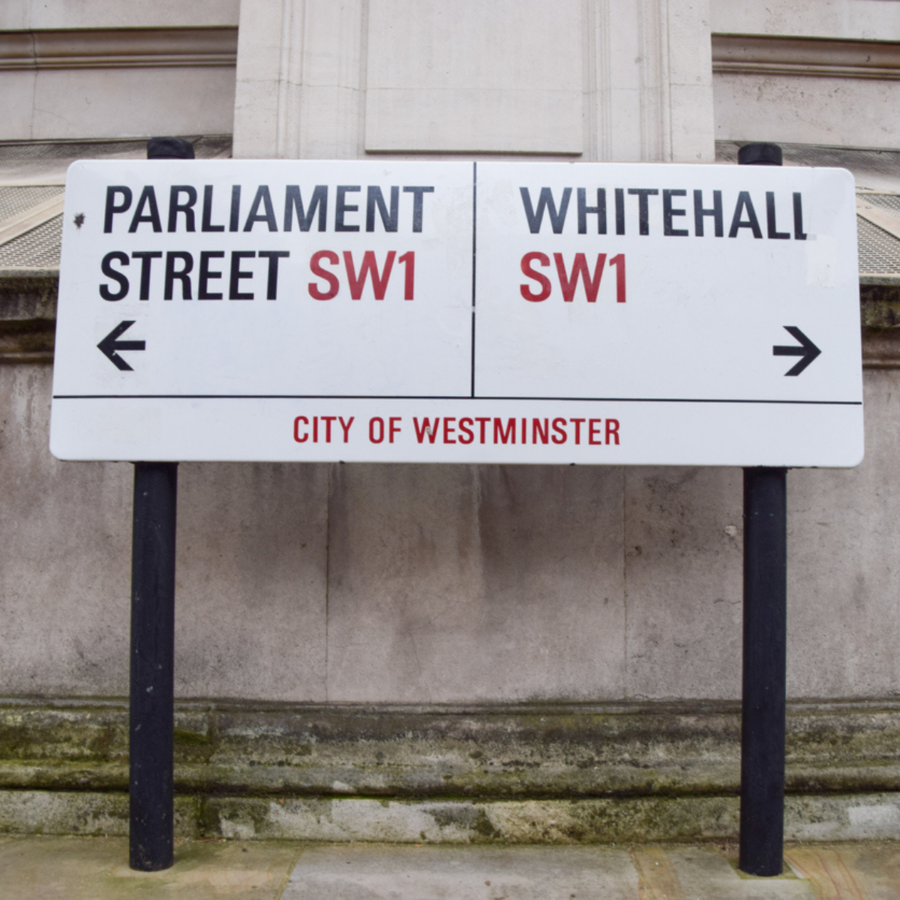
What were the main take-away points from the Budget?
The two big announcements were business investment and getting people back into work.
Regarding the former, NIESR has long argued that both low private and public investment is a key contributor to the UK’s poor productivity performance, so taking steps to boost investment will be welcome. The Chancellor announced another temporary change to the corporation tax regime, allowing for full capital expensing over the next three years. While this will probably produce positive results, its temporary nature and the fact this is the fifth major change in two years, will likely generate more uncertainty that can undermine the very business investment the change seeks to boost. As NIESR’s work together with the Productivity Institute has shown, policy churn adds to an already disrupted investment climate.
Regarding the latter, a substantial extension of free childcare provision of up to 30 hours a week is arguably the most eye-catching change to come out of the Budget. The OBR project that this will enable as many as 60,000 mothers to enter the labour force while also improving access to pre-school education. However, there are two potential problems. First, does it deal with the issue of a lack of nursery places and adequately skilled child carers? Second, making this support unavailable for those earning more than £100,000 means there is now a sizable cliff edge where someone with two children would be better off earning £99,000 than they would earn £130,000 because the latter is disqualified from the support and their disposable income will fall below £99,000. This will need to be addressed.
What was missing?
As with most budgets, some of the most interesting aspects are the omissions. In this Budget, there was a lack of policy announcements on public services and on domestic energy policy.
Public services have been under tremendous strain in recent years with the triple impact of ABC (austerity, Brexit and Covid). So although the announcement of 3.2 per cent increase in Resource Departmental Expenditure Limits (RDEL) (day to day spending) seems to be a move to address this, that is not a new measure as most of this increase has already been implemented. Given the ever-more frequent strikes in the public services, and the growing gap between public and private sector wages, it was surprising to hear no mention of this in the budget. This may be due to ongoing negotiations, but some reference to public sector pay was expected.
On household energy, the big announcement was essentially no announcement as the government reversed its decision to raise the Energy Price Guarantee to £3,000 per year. Although holding this at £2,500 for a typical household and extending the 5p cut in fuel duty will mean households aren’t any worse off (middle income household would have been around £1,000 per year poorer if had gone ahead), maintaining the status quo is hardly sufficient. Especially when that status quo is energy bills at around 15 per cent of the disposable incomes of the poorest households, which face fuel poverty besides soaring food and housing costs.
What should the Budget have included?
There are a few ideas any government should consider in the current context. First, reforming the Energy Price Guarantee with a combination of a Social Tariff and a Variable Price Cap. The former would work by applying a discount to energy bills of those who qualify as poor or vulnerable, with the aim of making sure no household spends more than 10 per cent of the income on energy bills. A Variable Price Cap would then raise the cost energy with usage for all other households, lowering the cost of energy for lower-income households who use the least energy and paid for by raising the cost for higher-income households who use the most. These approaches together would be more effective in lowering the bills of the poorest households, still incentivise lowering energy demand and cost less than a quarter of the EPG’s annual cost (around £7 billion a year compared with approximately £29 billion for the EPG).
Secondly, a general focus on real incomes needs to be front and centre in our recovery. A persistence of stagnant real incomes means we are on average no better off than we were in 2008. That in combination with a pandemic and a cost-of-living crisis means we are all feeling poor and are even more vulnerable to the next economic crisis. Lower-income households will take a greater hit, not least with the indirect tax increase resulting from the government’s freezing of the income tax thresholds, which will add about £500 to the tax bill of low-income households. On this problem of fiscal drag, the OBR says that up to 3.2 million people will become new taxpayers and 2.1 million will be pulled into the 40 per cent band. These stealth tax increases are a further hit on already strained household finances.

